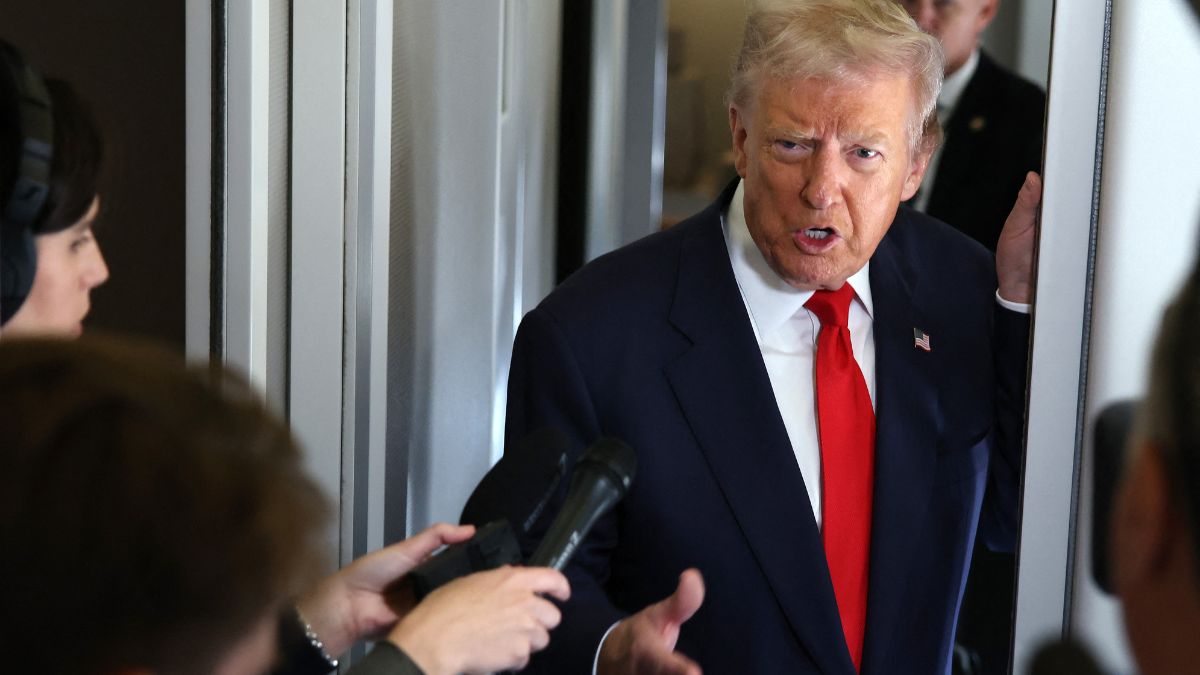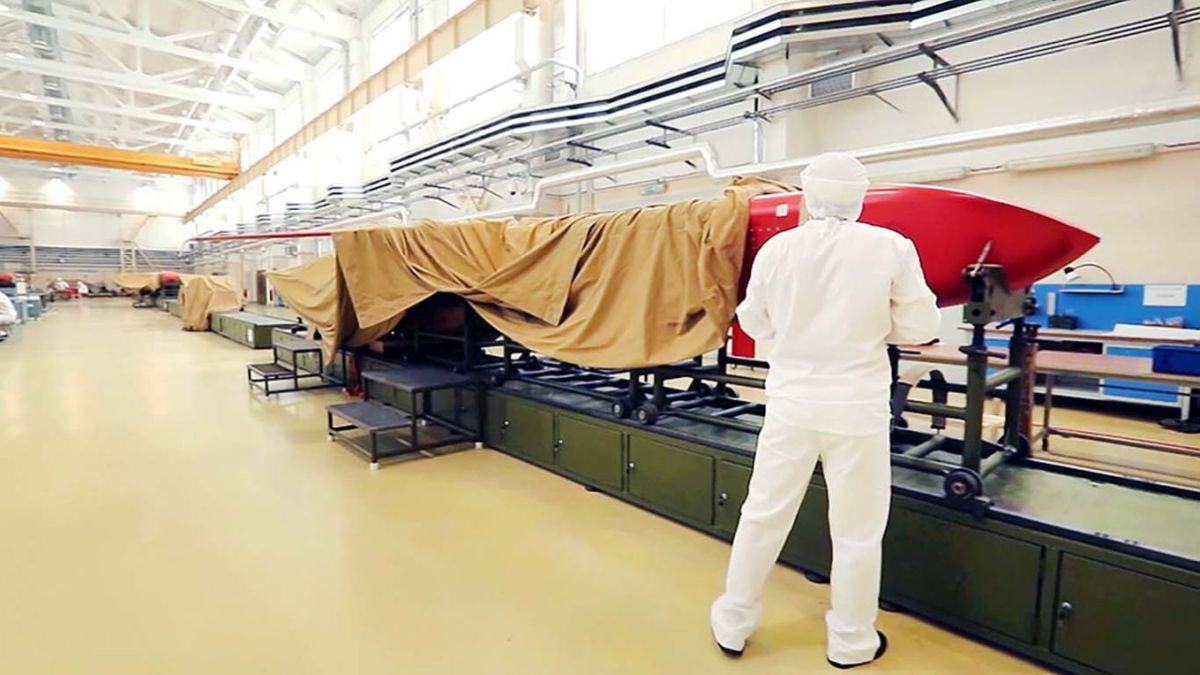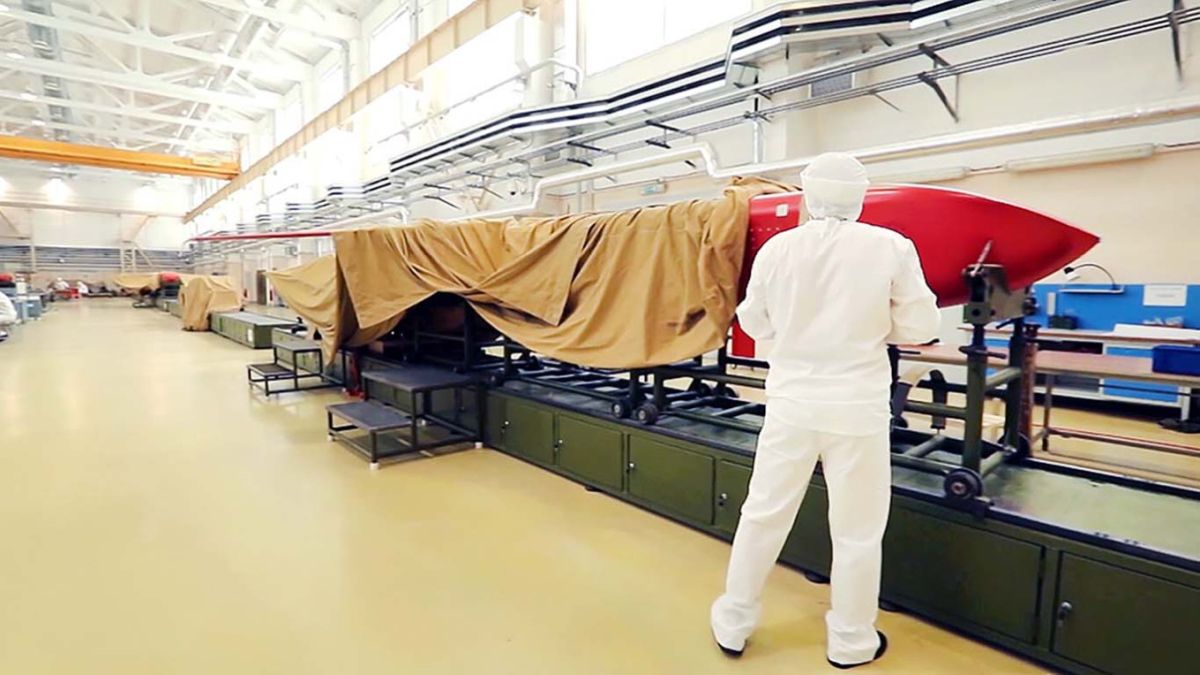A new workplace buzzword is circulating across the tech industry — “vibe working.”
Popularised by Microsoft, the phrase is fast becoming shorthand for how artificial intelligence is affecting productivity, creativity, and even the very definition of work.
From “vibe coding” to “vibe working,” and even “Chief Vibe Officers,” the language of “vibes” has moved beyond social slang into the lexicon of corporations and software developers.
But what does it actually mean, and how did this concept — once associated with music, moods, and memes — end up at the centre of the modern workplace?
From coding to working by vibe
The roots of “vibe working” lie in a concept first introduced by computer scientist Andrej Karpathy, co-founder of OpenAI and former AI director at Tesla.
Karpathy coined the term “vibe coding,” describing it as when you “give in to the vibes, embrace exponentials, and forget that the code even exists.”
In other words, it represented a new kind of coding made possible by large language models, where individuals without deep technical expertise could instruct AI systems to generate functional code — often for small apps or “throwaway weekend projects.”
The rise of generative AI tools like ChatGPT, Copilot, and others has turned this from a niche hobby into a mainstream workflow.
As Karpathy and other AI pioneers have noted, coding has shifted from writing every line manually to simply describing what one wants the program to do — letting the AI handle the rest.
This new form of creation was quickly noticed by major tech companies. As AI systems became adept at understanding natural language, the idea of “vibing” — working fluidly and conversationally with technology — began spreading beyond coding.
Impact Shorts
More ShortsMicrosoft’s role in defining ‘vibe working’
Last month Microsoft formally introduced “vibe working” through an update to its Copilot AI assistant, a tool that integrates directly with its Office suite — Word, Excel, PowerPoint, and Outlook.
The company described the feature as enabling “agentic productivity for Office artefacts,” a phrase that points to AI acting independently to assist in completing work.
Microsoft explained that Copilot could now “handle the heavy lifting: drafting content, suggesting refinements, and asking clarifying questions along the way . . . [creating] faster iteration.”
In practical terms, this means that users can ask the AI to draft reports, summarise documents, or structure spreadsheets. It not only generates the material but interacts conversationally — asking questions, proposing edits, and offering suggestions.
For many, this represents a fundamental shift in how work is done. Instead of being a static assistant, AI becomes a dynamic collaborator. Users can “speak Excel” or “vibe write” in Word without needing the depth of knowledge once required to operate those programmes.
The goal, according to Microsoft, is to allow even those unfamiliar with software mechanics to create polished outputs through natural interaction.
However, the company’s own internal evaluations reveal the limits of this new approach. Microsoft says that when it comes to spreadsheets, Copilot achieves an accuracy rate of 57 per cent, compared with 71 per cent for humans.
While this suggests AI can accelerate certain tasks, it also shows that “vibe working” is far from infallible.
The expanding world of ‘vibes’ in corporate culture
What began as a technical idea has rapidly transformed into a wider cultural and managerial phenomenon. “Vibe” terminology is now appearing across industries, from marketing to human resources to software development.
A number of companies have begun experimenting with AI-focused roles that reflect this trend. Some are advertising positions like “Vibe Growth Manager”, responsible for experimenting with AI tools and creating marketing prototypes more rapidly.
In these roles, “vibing” is shorthand for blending creative intuition with AI’s generative capabilities to speed up workflows.
The concept has even extended to corporate branding. Drinks company Smirnoff named Australian singer Troye Sivan as its fictional “Chief Vibe Officer”, encouraging consumers to “ditch to-do lists and dive into some fun.”
Software firm Atlassian has adopted a similar approach, appointing a rotating Chief Vibe Officer within teams to boost morale and encourage collaboration.
Meanwhile, design software company Canva maintains a dedicated “vibe team” tasked with “curating a global workplace experience,” which includes organising dance sessions, office celebrations, and social initiatives.
Even Meta, the parent company of Facebook and Instagram, has leaned into the terminology. Its AI app now features a “vibes” feed for AI-generated videos — part of the growing ecosystem of “vibe creators” using generative tools like OpenAI’s Sora to produce synthetic media.
This new genre of content creation relies more on AI imagery and mood than on traditional video production skills.
How ‘vibe working’ connects with Gen-Z
The rise of vibe working reflects broader generational changes in attitudes toward work. For many Gen Z employees, workplace boundaries have become increasingly fluid.
The trend follows earlier cultural shifts like “quiet quitting” and the “lazy girl job” movement, which rejected rigid corporate hierarchies in favour of balance, autonomy, and authenticity.
Within this landscape, “vibing” has become a form of self-expression — a way to make work seem more human, flexible, and creative.
The language of “vibe checks” and “good energy” has become common in corporate environments, replacing traditional check-ins and performance reviews.
But behind this rebranding lies a question about what is being gained — or lost. Emily DeJeu, professor at Carnegie Mellon University’s Tepper School of Business, cautions that the term “hides the extent to which it is work.”
She tells Business Insider, “I imagine to this particular demographic of people, that’s very appealing: work being about vibing more than it’s about analysing or synthesising or reporting, which I don’t think sounds particularly artistic or creative or collaborative or beautiful.”
DeJeu argues that the notion of effortless “vibing” risks erasing the expertise and effort that underpin professional skill. “Labour is labour, and the labour to build expertise is labourious,” she says.
Comparing vibe work to jazz improvisation, she notes that what appears spontaneous only succeeds because of deep technical mastery developed over years.
When the ‘vibes’ go wrong
While the language of vibing conveys ease, its application in real workplaces has led to growing concerns about quality control.
The Harvard Business Review has identified a phenomenon it calls “workslop,” referring to “AI-generated work content that masquerades as good work but lacks the substance to meaningfully advance a given task.”
The article’s authors warned that the “insidious effect of workslop is that it shifts the burden of the work downstream, requiring the receiver to interpret, correct, or redo the work.”
In other words, poorly generated AI output doesn’t eliminate effort — it simply transfers it.
Survey respondents to the study expressed frustration at this dynamic: 53 per cent said they felt annoyed when receiving subpar AI work, 38 per cent were confused, and 22 per cent felt offended.
These findings underline a critical challenge for vibe working — AI can accelerate creation, but it can just as easily generate clutter that others must fix.
This risk has already materialised in major organisations. Deloitte admitted it would refund part of a payment for an Australian government report after revealing that sections were produced using AI and contained factual inaccuracies, reported the Financial Times.
How ‘vibing’ is spreading beyond tech
The spread of “vibe” language isn’t confined to offices and coding labs. The term has also been used in social commentary.
Economist Kyla Scanlon coined the term “vibecession” to describe “a period of temporary vibe decline where economic data such as trade and industrial activity are relatively okayish . . . but in reality . . . the vibes are off. People are feeling bad.”
The phrase became a cultural shorthand during times when public sentiment diverged from positive economic indicators — demonstrating how “vibes” could influence perception as much as data.
Similarly, author Robin James has examined how political decision-making can operate on a “vibes” rationale. She highlighted a statement by US Vice-President JD Vance, who told NBC’s Meet the Press that the decision to attack Iran was based on “instincts” rather than “intelligence.”
As USA Today’s Rex Huppke quipped, the administration’s strategy could be seen as “‘march[ing] America into a potential war because the vibes felt real nuclear-weapon-y.’”
Even The New York Times once posed the question: “Is crime that bad, or are the vibes just off?”
In short, the “vibe” has become a cultural and analytical lens through which people assess not only markets and politics, but also their workplaces and technologies.
How ‘vibe working’ is just an empty vessel
Supporters of vibe working argue that it democratises creation, making powerful tools accessible to more people. Detractors worry it replaces depth with surface-level polish. Both perspectives are true in part.
Vibe working’s appeal lies in its rejection of rigidity. It represents a workplace where experimentation is encouraged and employees can interact with AI naturally rather than through technical commands.
But the very openness that makes it attractive can also make it chaotic. With everyone interpreting “the vibe” differently, coordination and consistency can become major challenges.
As Harvard Business Review cautions, this can result in an “insidious shift” where AI-generated content looks competent but leaves others to do the real work.
The more AI fills inboxes with polished but empty documents, the greater the risk that productivity becomes a mirage.
With inputs from agencies


)

)
)
)
)
)
)
)
)



